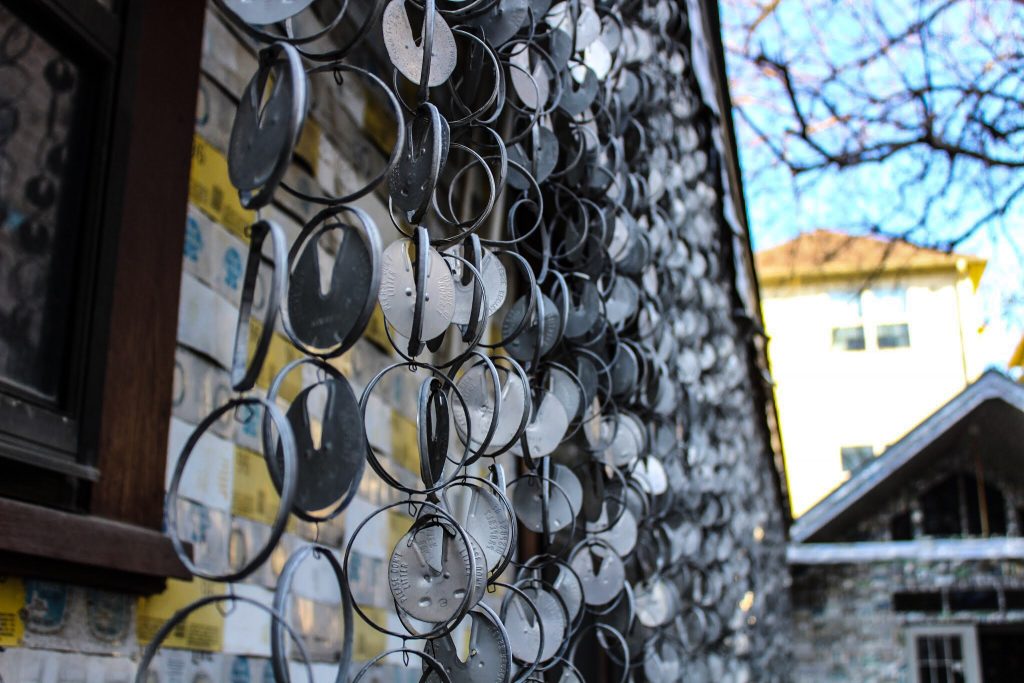How Design Patent can protect your Ideas
If you take a keen look at items around you, even those that are almost similar, you will notice some variation in their shape and design that makes them unique and different from the rest. This uniqueness meant to make the product distinguishable from others in the market and also for design patent protection. A design patent is basically a patent that confirms ownership of a certain design of a product by a certain individual or company. They are usually issued by the United States Patent and Trademark Office and last for 15 years.
In this post, pandapatent.com highlights the benefits of having a design patent and how having a design patent can protect your ideas.
How a Design Patent Works
Design patents do not cover the actual functions of an object or invention and their internal structure but only serve to protect the appearance of the object or invention. This means that your design cannot be replicated by any other person. However, if it is only a single design with solid lines, the design can be copied easily by a competitor and a few minor changes added to it and they cannot be accused of infringement. As such, it is always wise to claim individual design features instead.
Additionally, getting a design patent can help you establish a secondary meaning for trade dress rights and trademarks. Secondary meaning refers to the instance where consumers of a product associate a trademark with a producer rather than the product itself. Obtaining a design patent can prevent competitors from capitalizing on the limitation of the trademark law and copying your trademark designs until secondary meaning is established.
A design patent helps one protect their individual design features of a product. This is one of the main reasons people should obtain design patents since they are the most effective way of protecting the visible brand of any product. If your product is the first to come in a particular shape or have this one unique feature, your clients and consumers will begin to identify your brand through that particular shape. If a competitor uses the same shape or changes some of the components, then they would have intruded and interfered with the identity of your brand. As such, getting a design patent will ensure that it is only you and your brand that is identified by the shape of your products.
Advantages of Design Patents
One characteristic of utility patents is that they can take up to 3 years to get. However, the same cannot be said for design patents. Design patents are usually examined much faster than the other patent applications. This means that you can get a design patent within a year and get to protect your design much faster.
Another benefit of having a design patent is that it offers similar marketing benefits to utility patents. As soon as the patent application is filed, the product gets the “patent pending” label which helps keep off other persons who may want to file for a similar design patent and once the patent is issued, it gains the “patented” label. This means that your designs will be protected immediately you file for the design patent.
When it comes to comparing the costs, filing a design patent is not expensive. In fact, if the costs for design patents are compared to the cost of filing utility patents, it is quite clear that design patents are far cheaper. The advantage of this is that you can comfortably proceed to file for a patent for your design innovation and gain legal protection for the same without breaking the bank. Also, the fact that the cost is much cheaper and that you can file for the patent much faster helps you block any room for someone else to overtake you while sourcing for funds.
When you get a utility patent, you have to pay the maintenance fee for the patent to avoid it being deemed as expired. However, this does not apply to design patents. Maintenance fees for the patent do not apply. This is one of the main advantages of design patents that most people do not consider. The impact is often felt when they learn of the costs of maintaining a utility patent. The utility patents usually require maintenance fee to be paid after every four years throughout the 20 years that the patent will be valid.
Also, if your design has been infringed upon and that results in a legal battle, having a design patent grants the owner a powerful tool to fight the offending party in the case. The badge alone can offer sufficient reason to compel the infringer to pay you for the losses that may have resulted from the infringement.
Lastly, a design patent application process is usually characterized by less paperwork. The process is clearer and less tedious.
When talking about patents, design patents are not usually the first to come to mind. However, filing for a design patent offers on more protection from infringers than they would imagine.

